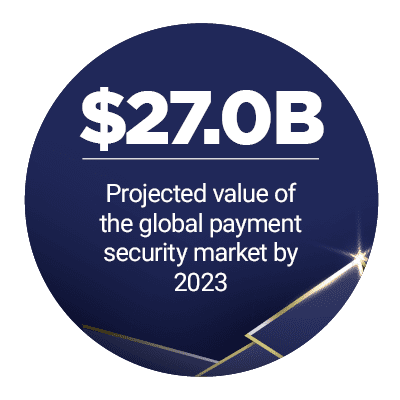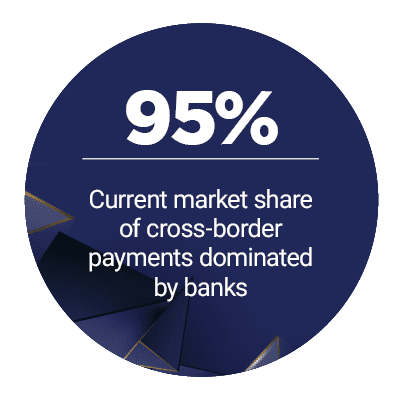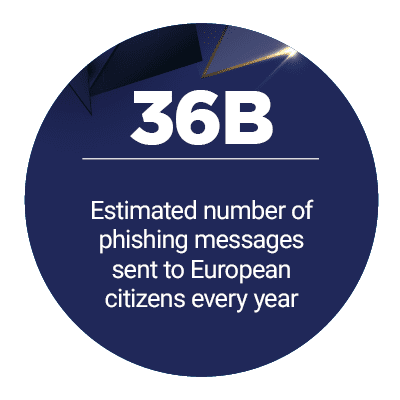
As the need for speed increases worldwide, banks and other financial players are adapting payments to work smarter — not harder. Faced with a growing number of transactions to process in real time, payment service providers (PSPs), financial institutions (FIs) and FinTech firms also need to make sure the security of these smarter payment systems is up to par.
With fraud ramping up, regulators around the globe are starting to take a closer look at everything from typical threats to the use of new technologies, like blockchain. As transaction times grow tighter and cover more distance, several companies are looking to add solutions for cross-border payments that still satisfy regulatory requirements.
In the latest Smarter Payments Tracker, PYMNTS looks at how regulatory requirements for instant payments are changing, as well as how banks and FIs are responding to new security threats as they build out smarter payment networks.
 Around the Smarter Payments World
Around the Smarter Payments World
Regulators in regions such as Europe are changing the ways they look at cross-border transactions. The European Union’s (EU’s) European Commission, for instance, has approved a change to transaction fees for these types of payments as they pertain to payment service providers, significantly reducing the costs for both PSPs and end users.
European regulators are also looking at major financial players with more scrutiny. Following an anti-trust investigation into both the Visa and Mastercard card networks, the EU has reached a settlement with both parties. The settlement includes the stipulation that they both reduce the costs for non-EU residents purchasing goods within the EU.
Meanwhile, regulators in other markets are keeping their prime focus on security as payments get smarter and faster. Regulators in Ghana and Uganda are exploring changes to their remittance rules to keep payments secure. The changes would aim to keep remittances in compliance with anti-money laundering (AML) measures in the regions.
 Instant Payments Mean Instant, but Familiar Security Challenges Remain, says EBA Clearing
Instant Payments Mean Instant, but Familiar Security Challenges Remain, says EBA Clearing
As instant payments continue to grow, banks and FIs need to make sure that they marry security with the speed consumers are expecting. However, most of these security risks will be familiar to banks, which have protected against digital fraud for decades now. Today’s challenge is squeezing that protection down into a 20-second time frame, said Erwin Kulk, head of service development and management for EBA Clearing.
In a recent interview with PYMNTS, Kulk detailed the familiar security challenges that banks are facing with instant payments, as well as the infrastructure changes these banks need to implement to meet such challenges. To learn more, visit the Tracker’s feature story.
 Deep Dive: The State of B2B Cross-Border Payments
Deep Dive: The State of B2B Cross-Border Payments
B2B payments are also getting faster alongside consumer-facing payments, but many are retaining familiar complexities. B2B payments often run through multiple banks in multiple markets, which means they need to meet different compliance requirements and other challenges before they can get where they’re going.
To find out how what’s going on with B2B cross-border payments, and if automation may be a viable solution, visit the Tracker’s Deep Dive.
About the Tracker
The monthly Smarter Payments Tracker, a PYMNTS and InstaReM collaboration, is the go-to resource for staying up to date on the development of a new global payments landscape, in which the transmission of the data is as valuable as the transmission of the currency it accompanies. The Tracker explores how the smooth flow of payments data can improve existing payment ecosystems, such as enabling improved speed, security and insights.